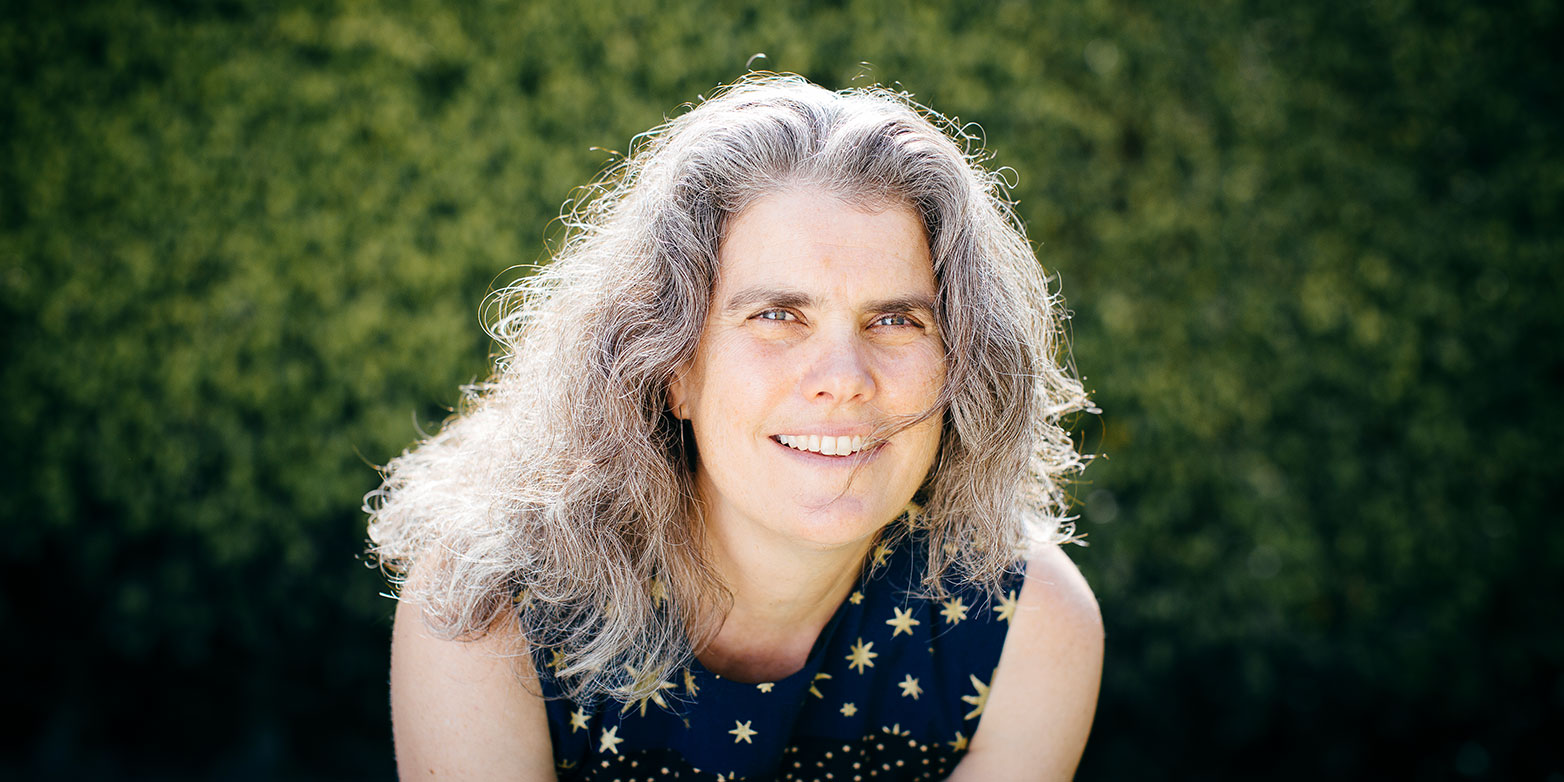Paul Bernays Lectures 2021
The 2021 Paul Bernays Lectures on the topic "Black holes" were delivered by Professor Andrea M. Ghez.
Andrea M. Ghez, UCLA, USA
Andrea M. Ghez, Professor of Physics & Astronomy and Lauren B. Leichtman & Arthur E. Levine chair in Astrophysics, is one of the world's leading experts in observational astrophysics and heads UCLA's Galactic Center Group. Best known for her ground-breaking work on the center of our Galaxy, which has led to the best evidence to date for the existence of supermassive black holes, she has received numerous honors and awards including the Nobel Prize in 2020, she became the fourth woman to be awarded the Nobel Prize in Physics, sharing one half of the prize with Reinhard Genzel. The Nobel Prize was awarded to Ghez and Genzel for their independent discovery of a supermassive compact object, now generally recognized to be a black hole, in the Milky Way's galactic center. Her work on the orbits of stars at the center of the Milky Way has opened a new approach to studying black holes and her group is currently focused on using this approach to understand the physics of gravity near a black hole and the role that black holes play in the formation and evolution of galaxies.
Portrait on ETH News: The mysterious, invisible object that keeps our galaxy in motion
Video recordings
The recordings of all lectures are available on the ETH video portal.
Black holes
Lecture 1: From a possibility to a certainty of a supermassive black hole
Monday, 30 August 2021, 5.00 p.m.
Abstract
Learn about new developments in the study of supermassive black holes. Through the capture and analysis of twenty years of high-resolution imaging, the UCLA Galactic Center Group has moved the case for a supermassive black hole at the center of our galaxy from a possibility to a certainty and provided the best evidence to date for the existence of these truly exotic objects. This was made possible with the first measurements of stellar orbits around a galactic nucleus. Further advances in state-of-the-art of high-resolution imaging technology on the world's largest telescopes have greatly expanded the power of using stellar orbits to study black holes. Recent observations have revealed an environment around the black hole that is quite unexpected (young stars where there should be none; a lack of old stars where there should be many; and a puzzling new class of objects). Continued measurements of the motions of stars have solved many of the puzzles posed by these perplexing populations of stars. This work is providing insight into how black holes grow and the role that they play in regulating the growth of their host galaxies. Measurements this past year of stellar orbits at the Galactic Center have provided new insight on how gravity works near a supermassive hole, a new and unexplored regime for this fundamental force of nature.
Lecture 2: Our galactic center: a unique laboratory for the physics & astrophysics of black holes
Tuesday, 31 August 2021, 5.00 p.m.
Abstract
The proximity of our Galaxy's center presents a unique opportunity to study a galactic nucleus with orders of magnitude higher spatial resolution than can be brought to bear on any other galaxy. After more than a decade of diffraction-limited imaging on large ground-based telescopes, the case for a supermassive black hole at the Galactic center has gone from a possibility to a certainty, thanks to measurements of individual stellar orbits. The rapidity with which these stars move on small-scale orbits indicates a source of tremendous gravity and provides the best evidence that supermassive black holes, which confront and challenge our knowledge of fundamental physics, do exist in the Universe. This work was made possible through the use of speckle imaging techniques, which corrected for the blurring effects of the earth's atmosphere in post-processing and allowed the first diffraction-limited images to be produced with these large ground-based telescopes. Further progress in high-angular resolution imaging techniques on large, ground- based telescopes has resulted in the more sophisticated technology of adaptive optics, which corrects for these effects in real time. This has increased the power of imaging by an order of magnitude and permitted spectroscopic study at high resolution on these telescopes for the first time. By continuing to push on the cutting-edge of high-resolution technology, we have been able to capture the orbital motions of stars with sufficient precision to test Einstein’s General theory of Relativity in a regime that has never been probed before.
Lecture 3: Stellar orbits at the galactic center: the good, the bad, the ugly
Tuesday, 31 August 2021, 7.00 p.m.
Abstract
The UCLA Galactic Center Group has opened up a new approach to studying black holes and the physics of the extreme. By advancing state-of-the-art high-resolution imaging technology on the world's largest telescopes, we have greatly expanded the power of using stellar orbits to study black holes. Recent observations have revealed an environment around the black hole that is quite unexpected – young stars where there should be none; a lack of old stars where there should be many; and a puzzling new class of objects that may be how our black hole gets fed. Continued measurements of the motions of stars have solved many of the puzzles posed by these perplexing populations of stars. This work is providing insight into how black holes grow and the role that they play in regulating the growth of their host galaxies.
